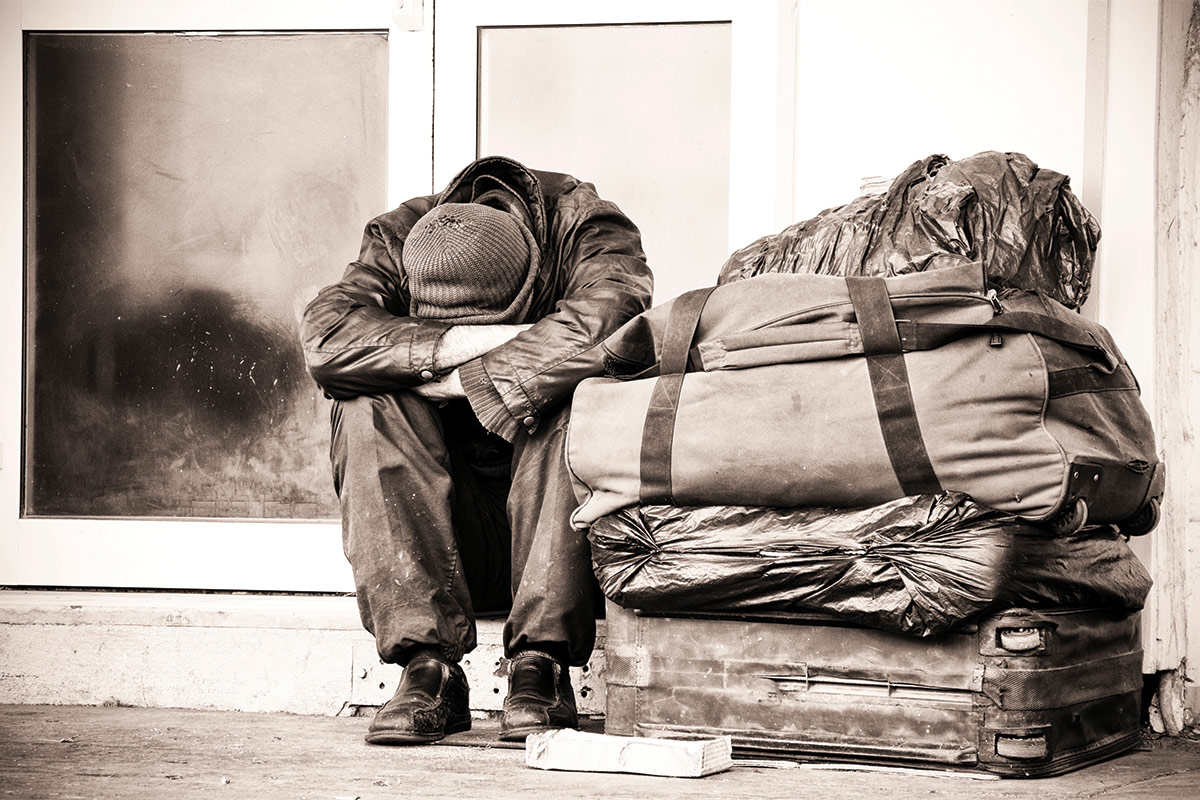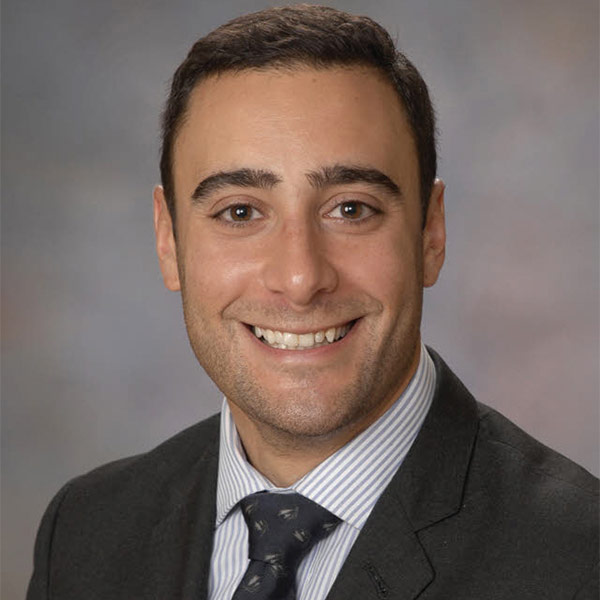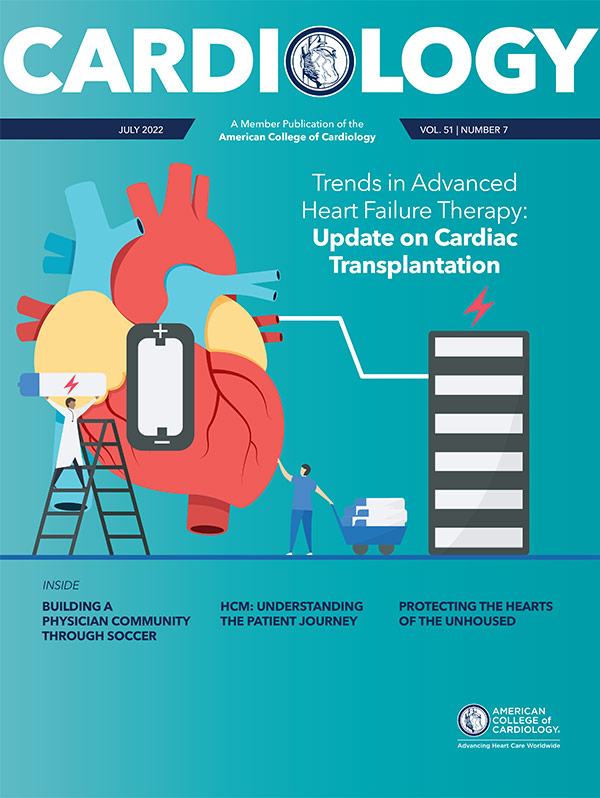From the Members Sections | Call to Action: Protecting the Hearts of the Unhoused

America's population of unhoused persons has been expanding and is expected to continue to rise in the wake of the COVID pandemic, creating a potential new challenge for cardiovascular clinicians in areas where larger populations of unhoused persons exist.1,2
Patients who are unhoused suffer from cardiovascular diseases at a higher rate than the general population.3 In order to improve patient outcomes and to ensure the cardiovascular profession can meet this need with the urgency and rigor it deserves, fellows must be trained to become effective advocates, researchers and clinicians for patients who are unhoused.
I spoke with four physicians – David Munson, MD, Boston Health Care for the Homeless Program; Omar K. Siddiqi, MD, FACC, program director of the Cardiovascular Medicine Fellowship Program at Boston Medical Center; Ginger Jiang, MD, MBA, cardiovascular medicine fellow at Beth Israel Deaconess Medical Center in Boston; and Mohamad Alkhouli, MD, FACC, professor of medicine at the Mayo Clinic and associate editor of JACC: Cardiovascular Interventions – all of whom have experience in researching and caring for populations who are unhoused and asked for their advice to Fellows in Training (FITs) and others interested in understanding the intersection of cardiovascular disease and insecure housing.
What advice do you have for fellows caring for patients who are unhoused?
Share Your Experience
Do you have stories and best practices to share from working with housing and/or food insecure populations? Share them with us for a chance to be a part of an article on the ways clinicians and institutions are helping to serve their health care needs. Please email cardiologyeditor@acc.org and share your experience. Thank you.
Munson: I would ask that cardiologists reach out and involve caregivers who know these patients when developing treatment plans. There is often a rich network of providers who care for people experiencing homelessness in virtually every community in the U.S. and these providers can help to provide insight on a patient's baseline and ability to adhere to a care plan.
Siddiqi: Social determinants of health (SDOH) contribute to substantial complications in the care of patients with chronic cardiovascular diseases. Access to bathrooms, for example, is often a prominent reason for patients to modify or discontinue their diuretic therapy, especially in the COVID era. The cardiologist plays a significant role in considering SDOH that may be leading to significant adverse events in the management of the housing-insecure heart failure patient.
Another example is in the case of patients who often rely on cheaper fast foods for their nutrition. Referring such patients to healthy food pantries that cater to different dietary needs can be of significant benefit. Oftentimes, with some creativity and with leveraging of all our resources, including case management and social work, such SDOH can be mitigated. The cardiologist often has a critical role to play in coordinating these efforts.
How can cardiology fellows better advocate for their unhoused patients?
Jiang: It is difficult to know which policy or institutional changes might have the most meaningful impact on outcomes among homeless individuals, which is why thoughtfully designed studies to evaluate the potential impact of proposed efforts are so critical. From a public heath standpoint, a "Housing First" approach coupled with improved infrastructure for longitudinal medical care and poverty alleviation could lead to improved long-term outcomes. Increased awareness of the challenges in caring for vulnerable populations and additional resources towards care coordination may be impactful from an institutional level. Our research suggests that most hospitalizations for homeless individuals occur at a small number of hospitals, which may help direct resource allocation. To move the needle for at-risk populations will require a coalition of stakeholders at every level, and as physicians we share in this responsibility for our patients.
How can cardiology fellowship programs better prepare FITs to care for this population?
Siddiqi: All fellows should have a sense of the resources available at their institutions for caring for housing-insecure patients. We need to create opportunities for cardiology fellows to develop particular care pathways for caring for these patients in their clinics. Exposure to refugee health and addiction medicine as part of cardiology training is also imperative. There are specific clinics, such as the Refugee Clinic at Boston Medical Center, which exclusively cater to patients with multiple adverse SDOH and such clinics train clinicians to think proactively and creatively about the care of these patients. The best way to learn to take care of any population is to be exposed to that population.
What advice do you have for cardiology fellows interested in pursuing research in this area?
Alkhouli: Learning about the risk profile and unmet needs of the unhoused community is essential to spread awareness and provide optimal care to them. Most research in the area is purely descriptive or tackles a small piece of the puzzle. Comprehensive research needs to consider the unique pathophysiology, clinical, socioeconomic and psychological needs of unhoused patients.
Siddiqi: There are many opportunities for fellows to participate in research in SDOH and implementation science in cardiovascular medicine, especially at safety-net hospitals such as Boston Medical Center. There is also significant opportunity for medical education research, particularly simulation-based training, to develop formal curricula around the care of patients who are housing-insecure, food-insecure, and those with substance use disorders.

This article was authored by Lucas Marinacci, MD, a fellow at Beth Israel Deaconess Medical Center and a member of the FITs Member Section. Twitter: @lucas_marinacci.
References
- Sainato M. 'I'm not sure where we go from here': pandemic fuels rise in US homelessness. The Guardian May 25, 2021. Available here.
- HUD: Growth of homelessness during 2020 was "devastating," even before the pandemic. NPR.org. March 18, 2021. Available here.
- Baggett TP, Liauw SS, Hwang SW. Cardiovascular disease and homelessness. J Am Coll Cardiol 2018;71:2585-97.
- Wadhera RK, Khatana SA, Choi E, et al. Disparities in care and mortality among homeless adults hospitalized for cardiovascular conditions. JAMA Intern Med 2020;180:357-66.
Clinical Topics: Cardiovascular Care Team, Heart Failure and Cardiomyopathies, Acute Heart Failure
Keywords: ACC Publications, Cardiology Magazine, Fellowships and Scholarships, Cardiovascular Diseases, Cardiologists, Addiction Medicine, Case Management, Critical Pathways, Fast Foods, Housing, Implementation Science, Pandemics, Refugees, Safety-net Providers, Social Determinants of Health, Toilet Facilities, Cardiology, Curriculum, Education, Medical, Substance-Related Disorders, Resource Allocation, Hospitalization, Heart Failure, Socioeconomic Factors, Homeless Persons, Social Work, Diuretics, Hospitals, Poverty
< Back to Listings


